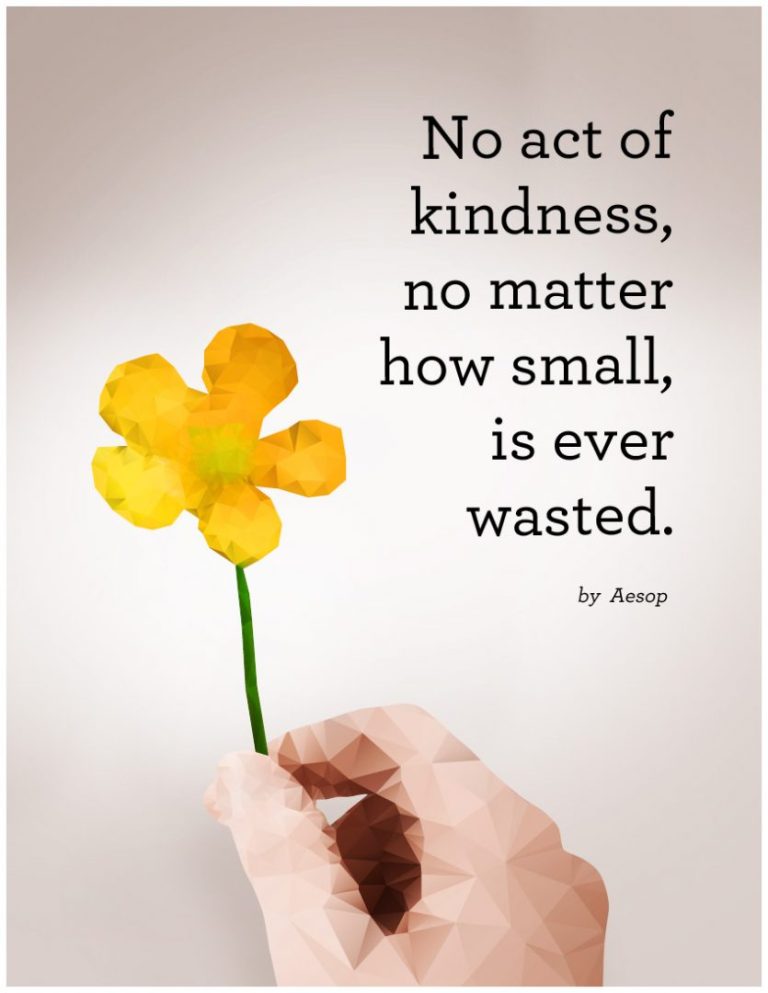3 ways the multidisciplinary approach supports my profession | Stef Gafa
Working in the mental health profession can feel very isolating at points. The majority of the time, therapists are working alone with their clients and this can easily make you feel very detached from other people. However, working in a multidisciplinary team brings together various ideas from different professional backgrounds. Working together provides a holistic approach with care and support.
A very important part of working in a good team is a shared vision of goals and care. Meeting as a team is a great way for us to get together bounce around ideas, sharing our views, collaborating and supporting one another. Working with the main goal of helping every person that walks through the door, or at least trying to. This fits the ethos of Willingness and working in a place that fits your personal ethos can be very rewarding. Not only do you generate mutual goals and projects, but you form an extremely good working relationship. Although on the team each one of us has a very particular and unique way of working, the glue that binds us is our ‘willingness’ to go above and beyond for our clients and also each other.
Another great aspect of working in a multidisciplinary team is specific training and professional development especially, joint training within the team. Generally, professionals only attend training regarding their specific profession. At Willingness, all members of the team are able to attend training and professional development in various areas. This not only enhances our knowledge on different topics, but also allows us to integrate this into our own practices (within reason, obviously).
Lastly, having various professionals under one roof, not only enhances our skill set, it is also extremely beneficial for the client as this allows better communication and information-sharing across the team and client. However, it is important to note all this is done with the consent of the client. At no point does the team discuss information without clients knowing. So, imagine there is a client who initially came for therapy and the therapist believes this client would benefit from some extra help alongside therapy. They then refer to the in-house psychiatrist, the psychiatrist with liaise with the therapist on what medication is prescribed and their general notes. Now, this not only helps the therapist to know what medication the client is receiving, this also helps the client in knowing they are working together in their best interest. It is important to note that the therapist, will not share specific details with any member of the team but give a general overview on how the client is. Now, say for example this client is having difficulty conceiving, she then gets referred to our in-house gynaecologist and well at this point there are 3 different professionals working with that client, who all are working toward a similar goal.
Stef Gafa’ is a counsellor with Willingness who has a particular interest in trauma, attachment, domestic violence and the LGBT community.







